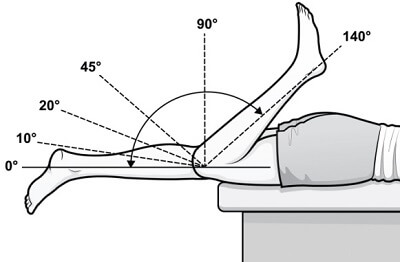Back pain is a complex issue that can stem from various causes, affecting not just the spine but also related structures such as nerves, joints, and muscles. At Jaffe Sports Medicine, we take a multidisciplinary approach to treating back pain, leveraging our expertise in Physical Therapy, Orthopedic Surgery, Pain Management, and Sports Medicine. In this blog, we’ll explore the different types of back pain and how our specialized care can help you find relief.
1. Neuropathy-Related Back Pain
Causes:
Neuropathy occurs when nerves in the spine are damaged or compressed, often leading to symptoms like sharp pain, tingling, or numbness radiating from the back to the legs. Common causes include herniated discs, spinal stenosis, or nerve compression due to injury or degenerative conditions.
Treatment:
At Jaffe Sports Medicine, our Pain Management specialists focus on diagnosing and treating neuropathy-related back pain using a combination of interventions. These may include nerve blocks, epidural steroid injections, and advanced therapies designed to reduce inflammation and relieve nerve compression. For more severe cases, our Orthopedic Surgery team may recommend surgical options to decompress the affected nerves and alleviate symptoms.
2. Joint Pain and Back Pain
Causes:
Joint pain in the spine, particularly in the facet joints, can be a significant contributor to back pain. Conditions like osteoarthritis, where the cartilage in the joints wears down, can lead to pain, stiffness, and reduced mobility.
Treatment:
Our approach to joint-related back pain begins with Physical Therapy, aimed at improving joint function, increasing flexibility, and strengthening the muscles around the spine. For patients needing more intensive treatment, fluoroscopic guided injections are used to deliver anti-inflammatory medication directly to the affected joints, providing targeted relief. If conservative treatments fail, our Orthopedic Surgery team is equipped to perform procedures like spinal fusion or joint replacement to restore function and alleviate pain.
3. Musculoskeletal and Sports-Related Back Pain
Causes:
Musculoskeletal back pain is often related to injuries, strains, or overuse, particularly among athletes. This type of pain can also result from poor posture, repetitive motions, or improper lifting techniques, leading to muscle imbalances and chronic discomfort.
Treatment:
Our Sports Medicine specialists work closely with Physical Therapy to develop personalized rehabilitation programs that focus on restoring strength, flexibility, and balance. These programs are designed to prevent re-injury and promote long-term spine health. For athletes or active individuals, our team also offers performance enhancement strategies to optimize movement and prevent future injuries.
Comprehensive Care Tailored to Your Needs
At Jaffe Sports Medicine, we understand that every patient’s back pain is unique, requiring a tailored approach that considers the underlying cause, the severity of the condition, and the patient’s overall health and lifestyle. By integrating Physical Therapy, Orthopedic Surgery, Pain Management, and Sports Medicine, we provide comprehensive care that addresses all aspects of your back pain, ensuring you receive the most effective treatment for your specific needs.






